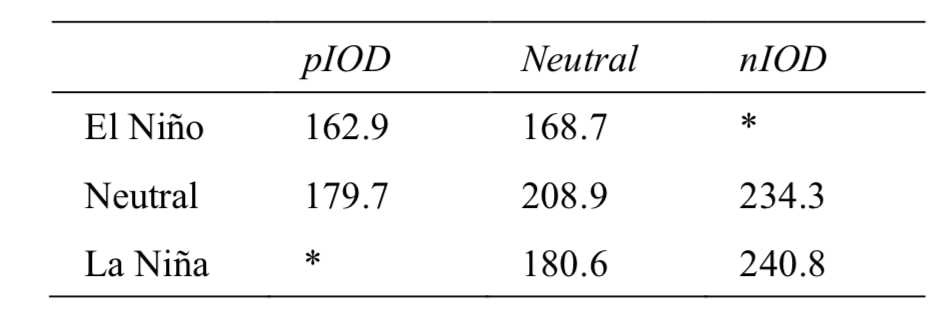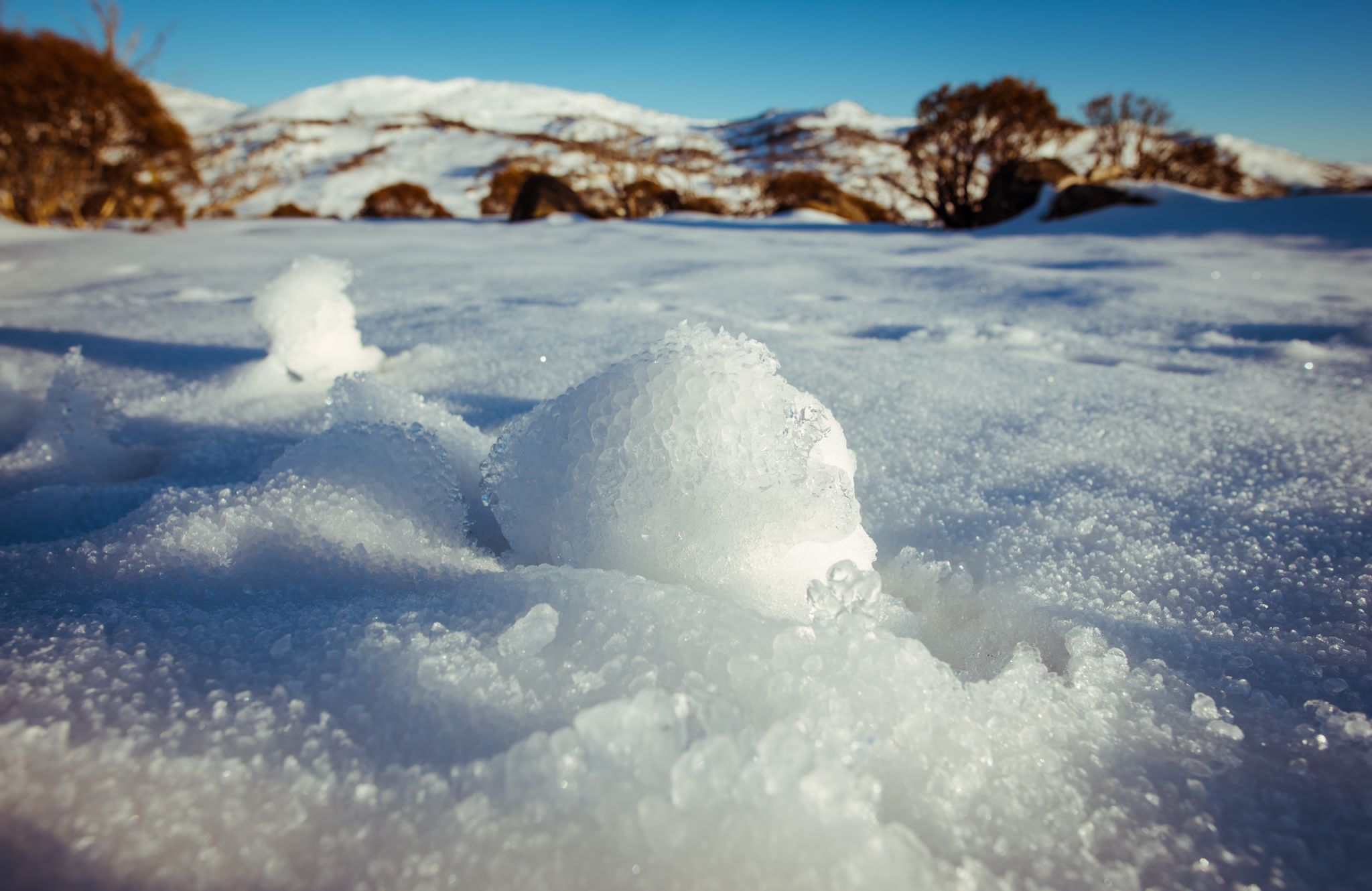
The Australian Bureau of Meteorology announced on April 16 that the El Niño period has officially come to an end and the country is back in neutral ENSO territory. Climate models indicate that ENSO — the El Niño–Southern Oscillation — will stay neutral until approximately July 2024 with a possibility of moving into La Niña territory during the Southern Hemisphere winter.
Sea surface temperatures in the central Pacific Ocean have been cooling since December 2023. Three out of seven international models are currently predicting that the country will move slightly into La Niña territory by July, but since it is only mid-April, a reliable prediction cannot be made at this point.

Meanwhile, the Indian Ocean Dipole (‘IOD’) is currently in neutral but could move into positive territory. The average of the international models forecasts the IOD to be mildy positive from May.

What does a La Niña year combined with a positive IOD mean for snowfalls this coming ski season? Well, that is an interesting question as this is a rare phenomenon. La Niña seasons are associated with more precipitation and colder temperatures in Australia while positive IODs are associated with dryer seasons and warmer temperatures. This makes a forecast for the upcoming ski season in Australia very tricky.
Typically La Niña years are associated with increased precipitation but not necessarily increased snowfall, as oftentimes temperatures during La Niña can be too high, and hence precipitation may fall as rain even at higher elevations, which can decrease snow depths. Statistically, roughly 60% of La Niña years have had a lower maximum snow depth than average. This has happened more frequently in recent decades as a result of climate change, with seven of the past eight La Niña years having lower maximum snow depths. Historically, neutral years have provided better snow depth than either El Niño or La Niña years. Nevertheless, snowfall-wise a La Niña year is better than an El Niño year, so this in itself is good news for Australian snow fields.
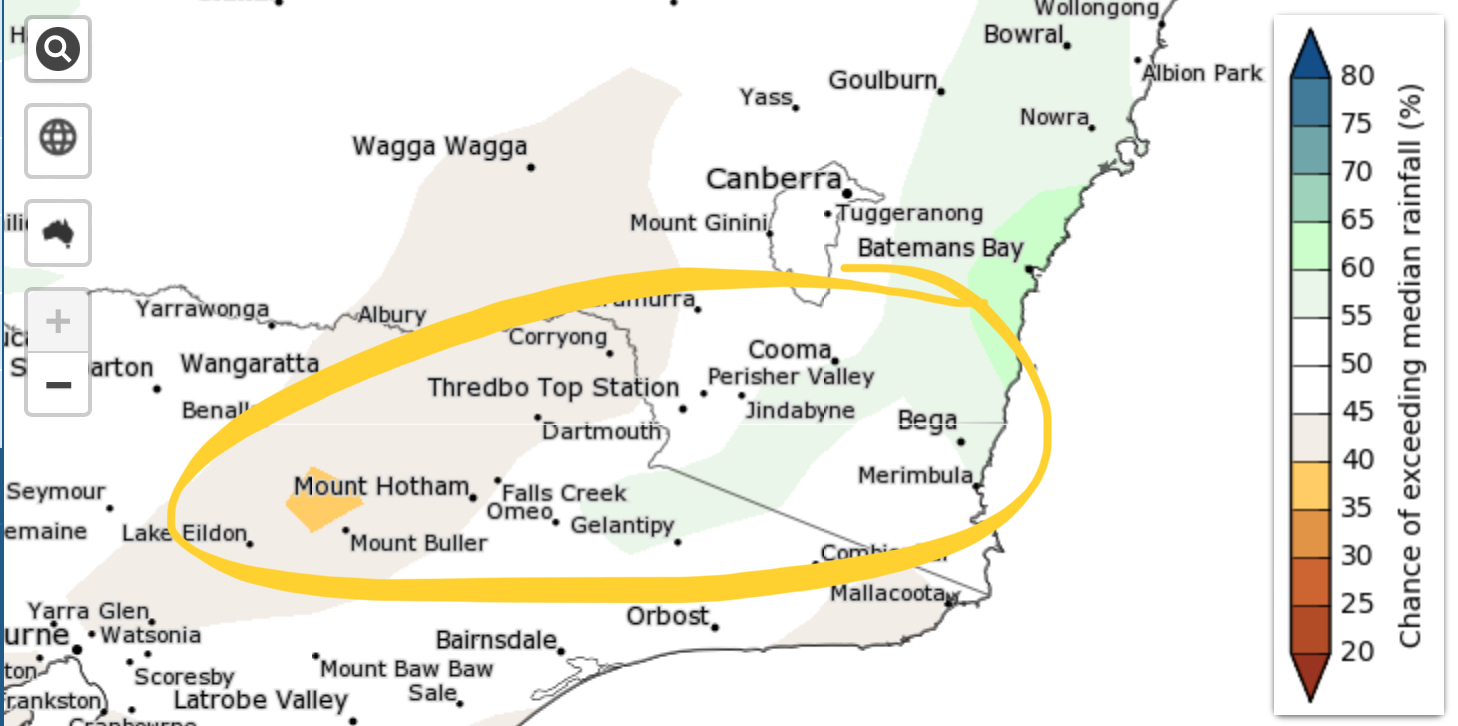
Positive IOD years are typically drier than average but the effect on snow depth tends to be limited towards the late winter or early spring period. In addition, drier years means less cloud cover which can make for colder nights thus enabling snow making ovenight.
At this point, while it is unclear if Australia will in fact be in La Niña and positive IOD territory in the winter, it is too soon to make any reliable prediction about the 2024 ski season in Australia.
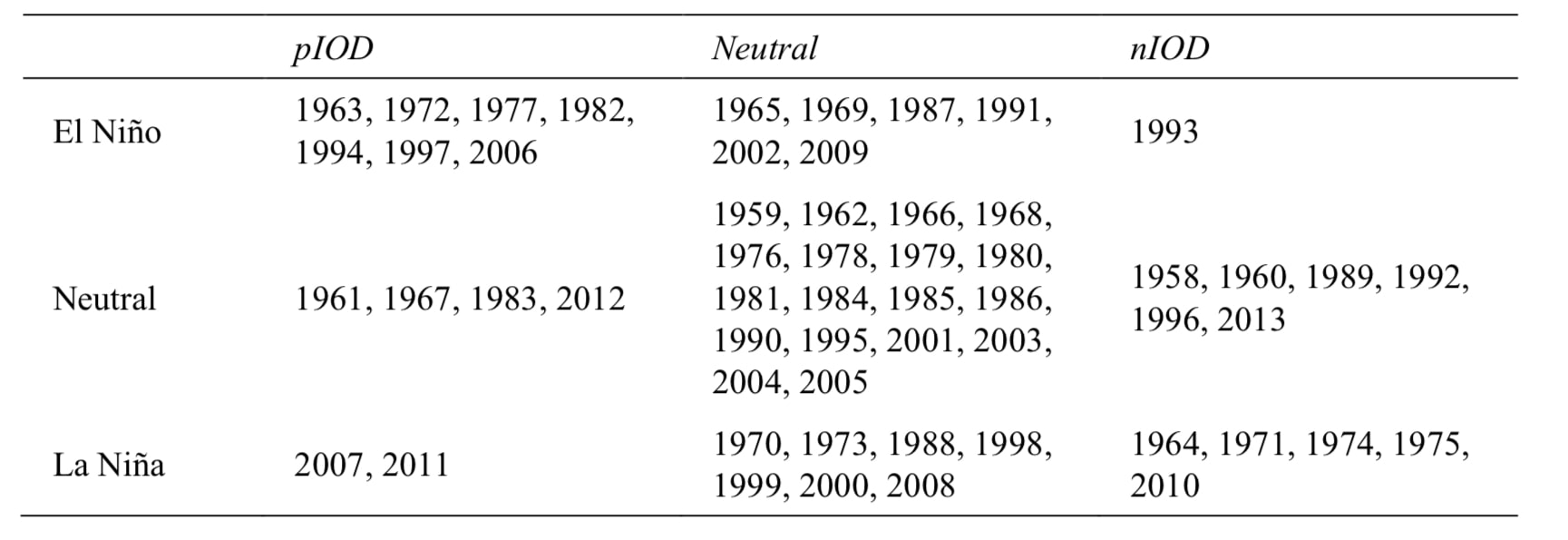
What can be helpful is looking at past seasons that had the same combination of climate drivers in case these climate drivers eventuate. There are unfortunately only two years where a La Niña and a positive IOD were present in winter: 2007 and 2011, which saw a snow depth of 164.4 cm and 164.6 cm respectively.
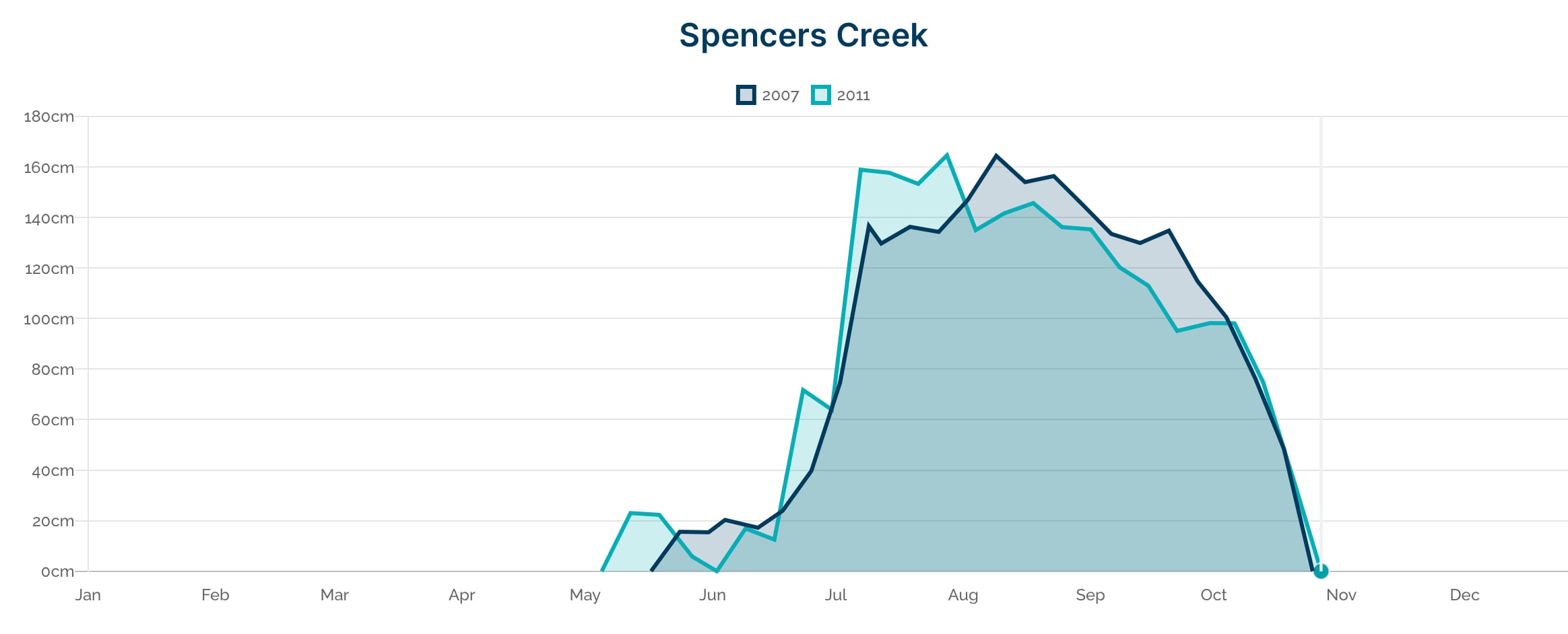
While these seasons experienced incredibly similar peak snow depth, two years of data are realistically not statistically significant. However, with an average of 164.5 cm for 2007 and 2011, it seems safe to say that if 2024 will in fact be a La Niña combined with a positive IOD it won’t be huge but it won’t be as bad as last year, which peaked at 131 cm on July 13, 2023.
